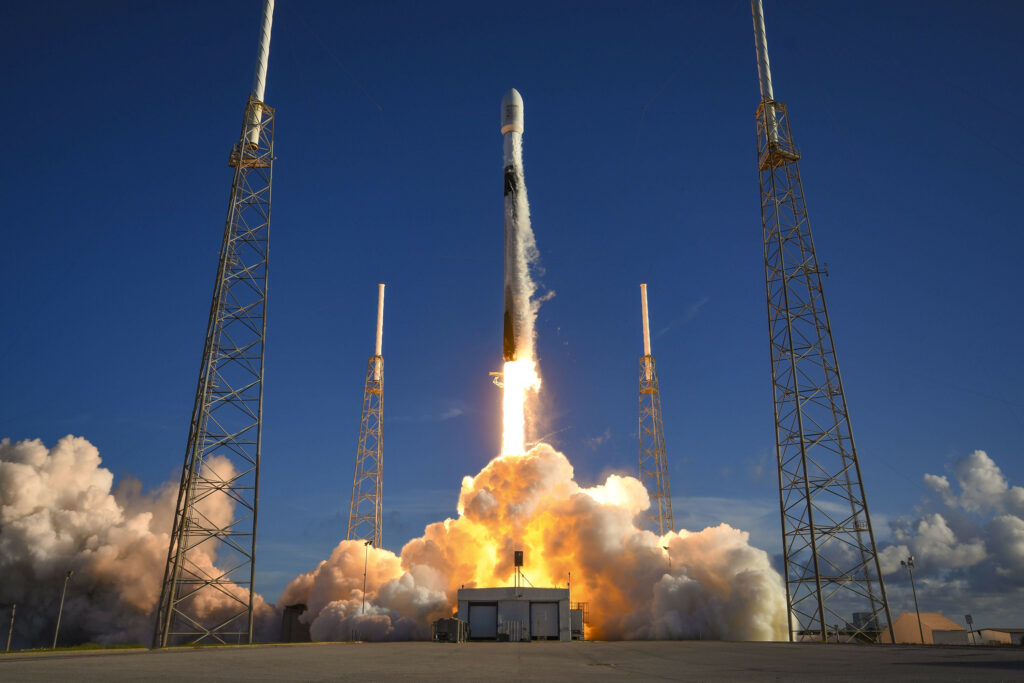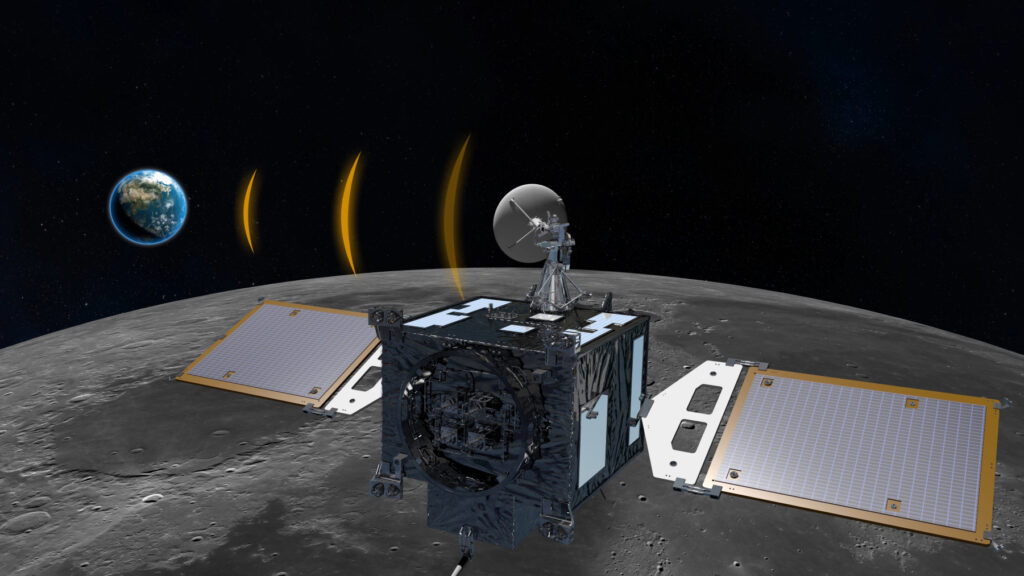On the night of August 4-5, a Falcon 9 rocket was launched from the Cape Canaveral cosmodrome. It sent “Danuri” to the Moon — the first ever South Korean interplanetary mission.

The launch of the Falcon 9 took place in normal mode. After separation, the first stage with the tail number B1052 made a successful landing on an autonomous barge in the Atlantic Ocean (it was already the sixth flight into space). The second stage put the Danuri on a flight path to the Moon. The last launch was SpaceX’s 34th mission in 2022. For comparison, for the whole of 2021, the company carried out 31 space launches.
After separating from the Falcon 9, Danuri successfully deployed solar panels and established contact with the Earth. Now the device will have a 4.5-month flight. Such a long period is explained by the fact that the Danuri is moving along a ballistic transition trajectory, which will save fuel needed for its subsequent operation.
If everything goes according to plan, Danuri will enter a selenocentric orbit on December 16, 2022. Its tasks include shooting possible landing sites for future South Korean missions, mineral exploration and an experiment in space communications using fault-tolerant network technology. Another very interesting purpose of “Danuri” is to shoot eternally shaded lunar craters, at the bottom of which, it is believed, there are ice deposits.

The Danuri mission is designed for a nominal period of one year. Its success will allow South Korea to proceed to the next stage of its lunar program, involving the landing of a rover. At the moment, this event is scheduled for 2025.
You can learn more about the main tasks and technical system of the Danuri device from our material.
Follow us on Twitter to get the most interesting space news in time
https://twitter.com/ust_magazine
